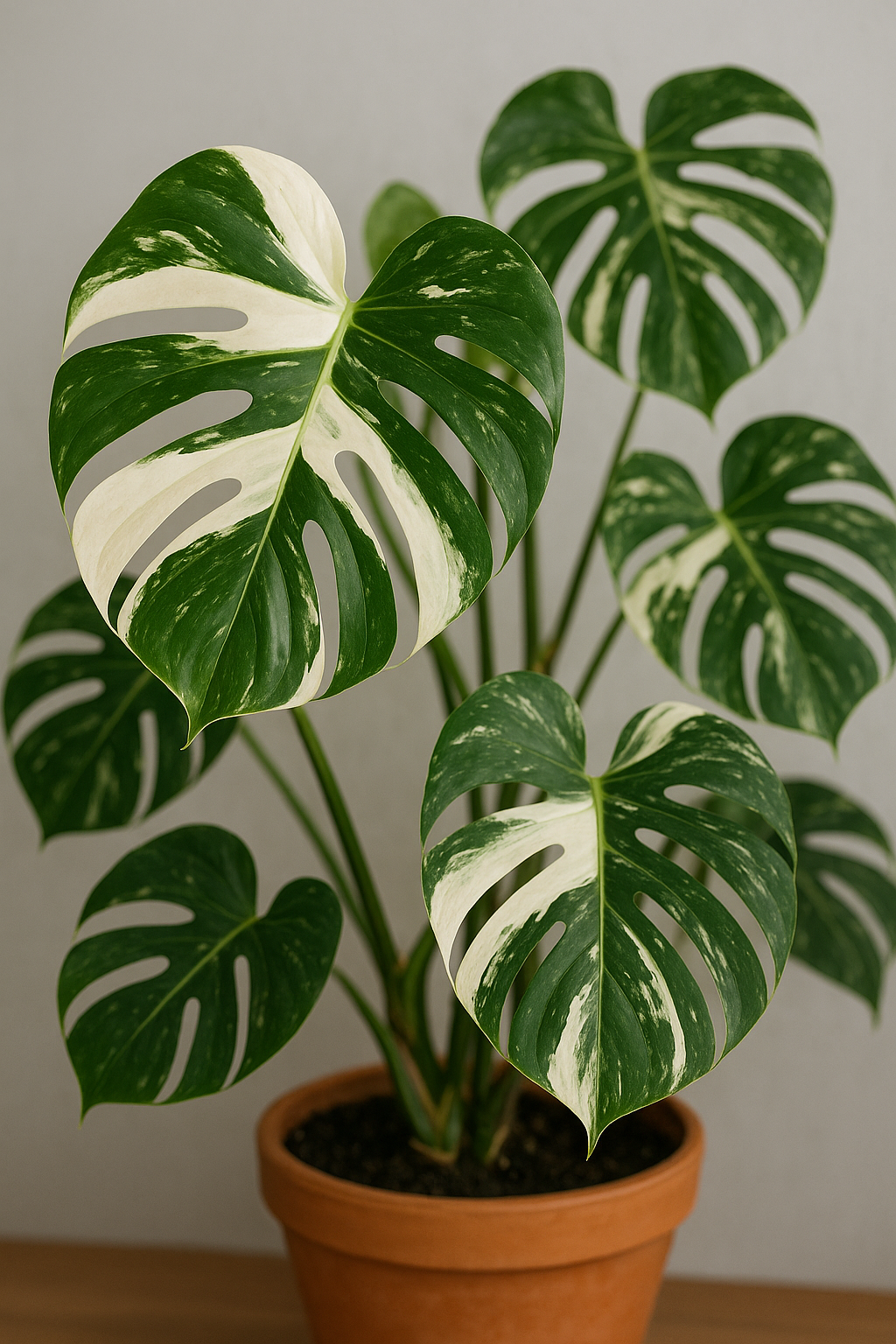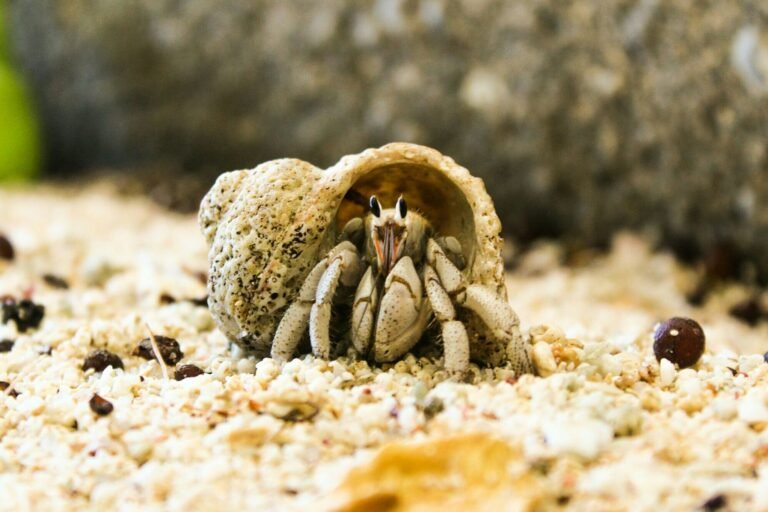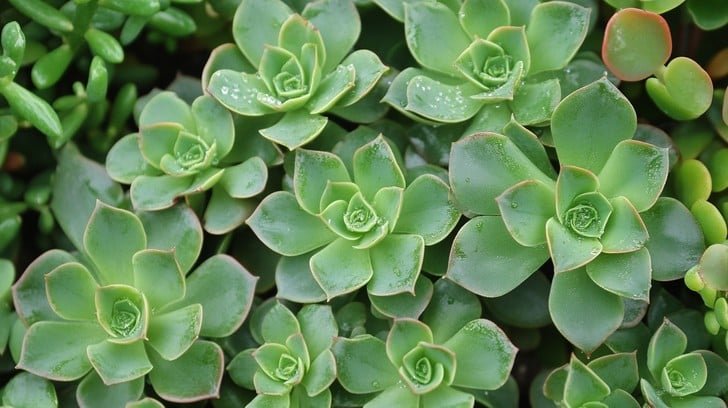Monstera Albo: Complete Guide to Cultivation, Care, Variegation & Growth Mastery
Monstera Albo, scientifically recognized as Monstera deliciosa ‘Albo Variegata’, is a highly sought after tropical plant valued for its white marbled foliage and rare genetic variegation pattern. This remarkable plant has achieved global recognition among collectors, interior stylists, botanical gardens, and rare specimen growers due to its aesthetic value, slow growth rate, and limited natural propagation capability. This comprehensive guide covers origin, growth biology, care requirements, propagation methods, variegation science, pricing dynamics, risks, myths, styling techniques, and long-term management for passionate growers and investors.
1. Origin and Botanical Classification
| Parameter | Details |
|---|---|
| Botanical Name | Monstera deliciosa ‘Albo Variegata’ |
| Family | Araceae |
| Growth Habit | Evergreen climbing aroid |
| Variegation Type | Chimeric, unstable, non-seed-transferable |
| Native Climate | Tropical Central American rainforest |
Monstera Albo originates from genetic mutation within Monstera deliciosa, where chlorophyll distribution becomes irregular, creating stable and unstable white sectors or marbled foliage. Unlike tissue-culture-derived Thai Constellation, Monstera Albo retains natural mutation lineage, making it rarer, less predictable, and more valuable.
2. Variegation Characteristics
Monstera Albo is admired for its white pigmentation patches caused by lack of chlorophyll, resulting in patterned foliage that may include:
-
Half moon leaves (one full side white)
-
Sectoral blocks (large white regions)
-
Speckled marbling (random splash pattern)
-
Striped variegation (linear streaks)
Important: More white does not always indicate healthier growth. Excessive white reduces photosynthetic capacity, slowing overall growth and increasing leaf burn sensitivity.
3. Growth Behavior and Morphology
Monstera Albo grows as a hemi-epiphytic vine, producing aerial roots that attach to trees, moss poles, or natural surfaces. Mature leaves form distinctive fenestrations (splits and holes) to adapt to rainforest shade and wind flow. Under ideal conditions, leaves may exceed 50–90 cm in length.
Key Morphological Traits
-
Thick internodes spaced wider than typical deliciosa
-
Harder to maintain symmetrical variegation
-
Slower leaf production cycle
-
Stems retain variegation memory at node level
4. Ideal Growing Environment
Creating natural like surroundings supports vibrant growth. The following environmental factors are recommended:
Light Requirements
-
Provide bright indirect light for 8–12 hours daily
-
Use grow lights between 6000–8000K spectrum if indoors
-
Avoid direct sun exposure to reduce tissue burn
Temperature and Humidity
-
Preferred temperature: 18°C to 28°C (65°F–83°F)
-
Night drop should not exceed 10°C difference
-
Maintain 60%–85% humidity using humidifiers or pebble trays
Soil and Pot Mix
Use airy, chunky and fast draining substrates:
Recommended Ingredients:
-
Orchid bark
-
Coco chips or peat moss
-
Perlite or pumice
-
Worm castings
-
Activated charcoal
Watering Strategy
-
Water when top 2–3 inches of soil are dry
-
Avoid standing water within the pot
-
Use filtered or rested tap water to reduce mineral deposits
5. Fertilization and Nutrition
Monstera Albo needs balanced macro and micro nutrients to maintain steady growth without forcing unstable variegation.
| Nutrient Type | Frequency | Purpose |
|---|---|---|
| Balanced slow-release (NPK 16-6-11 or similar) | Every 8 weeks | Foundational nutrition |
| Liquid foliage feed | Every 2–3 weeks | Leaf strength & color |
| Calcium & Magnesium (Cal-Mag) | Monthly | Tissue development |
6. Propagation Methods and Best Practices
The most reliable propagation technique is node cuttings. Seed growth does not preserve variegation.
Propagation Checklist
-
Choose healthy stem segment with at least one node + aerial root + visible variegation
-
Use sterile tools to avoid bacterial transmission
-
Root in moist sphagnum moss, perlite, or semi-hydro
-
Keep humidity between 75%–90%
-
Place under medium grow light
Propagation success depends on where variegation cells exist in the node, not just in the leaf.
7. Common Problems and Solutions
| Issue | Cause | Solution |
|---|---|---|
| Browning white areas | Light burn or dehydration | Lower light intensity + raise humidity |
| Yellowing leaves | Overwatering | Improve aeration and reduce watering |
| Variegation fade | Low light or unstable mutation | Increase indirect light |
| Root rot | Compacted or soggy soil | Repot using chunky medium |
8. Pest & Disease Management
Most Common Pests:
-
Spider mites
-
Mealybugs
-
Scale insects
-
Fungus gnats
Use neem oil, insecticidal soap, isopropyl alcohol dabs, or predatory mites for sustainable treatment.
See More: Accounts Payable Approval Process: The Definitive 2025 Guide to Streamlined Invoice Management
9. Monstera Albo vs. Thai Constellation:
| Characteristics | Monstera Albo | Thai Constellation |
|---|---|---|
| Variegation source | Natural mutation | Tissue-culture engineered |
| Pattern | Large white patches | Fine creamy speckles |
| Stability | Less stable | Highly stable |
| Growth speed | Slow | Moderately fast |
| Market rarity | Very high | High |
10. Styling & Interior Placement Ideas
Monstera Albo enhances modern, minimal, luxury, botanical and Scandinavian decor themes.
Styling Placement Ideas
-
Near north facing windows
-
Beside wooden furniture
-
Elevated on plant stands
-
Paired with moss poles or trellises
-
Displayed in ceramic, stone or neutral planters
11. Market Value and Investment Potential
Monstera Albo maintains high demand within rare plant markets, online collector groups, and international plant expos. Prices depend on leaf condition, root maturity, node stability, variegation pattern, location and shipping legality.
Cuttings with half moon or sectoral variegation often rank highest in valuation.
See more: Suçculent : Complete Expert Guide on Growth, Varieties, and Care
FAQs:
Q1: Why is Monstera Albo considered rare?
Because its variegation originates from a natural genetic mutation that cannot be mass-produced through seeds, limiting supply.
Q2: Can Monstera Albo revert to green?
Yes. Lack of sufficient light or unstable variegation can cause chlorophyll dominance, leading to reversion.
Q3: When does Monstera Albo start forming fenestrations?
Fenestrations appear as the plant matures, usually from leaf 5 onward, with proper light and climbing support.
Q4: Is Monstera Albo suitable for beginners?
It is manageable for disciplined growers but requires monitoring and controlled indoor conditions.
Q5: Does Monstera Albo need a moss pole?
Yes, using support structures increases leaf size, stability, and fenestration development.
Conclusion:
Monstera Albo stands as one of the most desirable variegated houseplants due to its rare genetic pattern, slow growth rate, and premium ornamental value. Its iconic white-marbled foliage, structured climbing nature, and collectible status make it a centerpiece plant for both hobbyists and expert growers. When provided with bright filtered light, high humidity, and a well-aerated aroid substrate, Monstera Albo develops stable variegation and larger fenestrated leaves over time. Its limited propagation potential, market scarcity, and aesthetic appeal continue to elevate its demand across global indoor plant communities, making it a long-term botanical investment and a hallmark specimen in modern plant collections.







